
Like The Phoenix feat. Miscellaneous ( Jean du Voyage Remix ) – Senbeï
this blog is GROOVY – check out great Soul, Funk, Jazz, Hip Hop, Bass, Breaks , Reggae, House n many more TUNES
Turntablism, the art of manipulating sound using turntables, is a genre that’s as much about creativity as it is about technical skill. Born from the streets, it’s a story of innovation, rebellion, and a whole lot of fun.
From Scratching to Sampling:
The roots of turntablism can be traced back to the early days of DJing, where DJs would use two turntables to seamlessly transition between records. Early pioneers like Grandmaster Flash, credited with the invention of the “quick mix theory,” used techniques like scratching and beat juggling to engage audiences.
The Rise of Hip Hop:
In the 70s, the birth of hip hop saw turntablism become a central element. DJs like Afrika Bambaataa and Kool Herc used turntables to create rhythmic loops, providing a foundation for MCs to rap over.
From the Bronx to the World:
Turntablism quickly spread beyond its Bronx origins, influencing genres like breakbeat, electronica, and even jazz. The 90s witnessed a golden age, with artists like DJ Shadow, Cut Chemist, and DJ Q-Bert pushing the boundaries of the genre.
Funny Facts:
Today, turntablism continues to evolve, with artists pushing boundaries and creating new sounds using turntables and other technologies. The genre’s spirit of improvisation and creativity keeps it fresh and exciting, a testament to the power of sound manipulation.

Like The Phoenix feat. Miscellaneous ( Jean du Voyage Remix ) – Senbeï
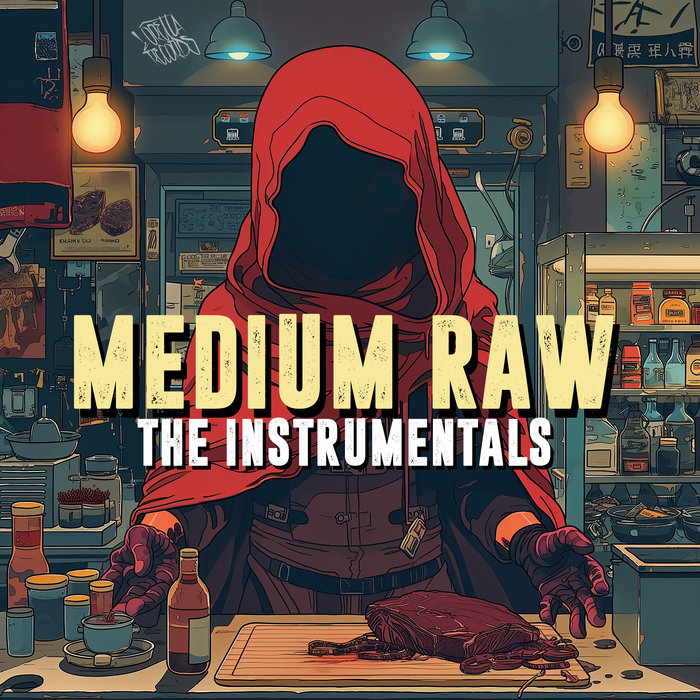
Love & Luxury – Observe since ‘98
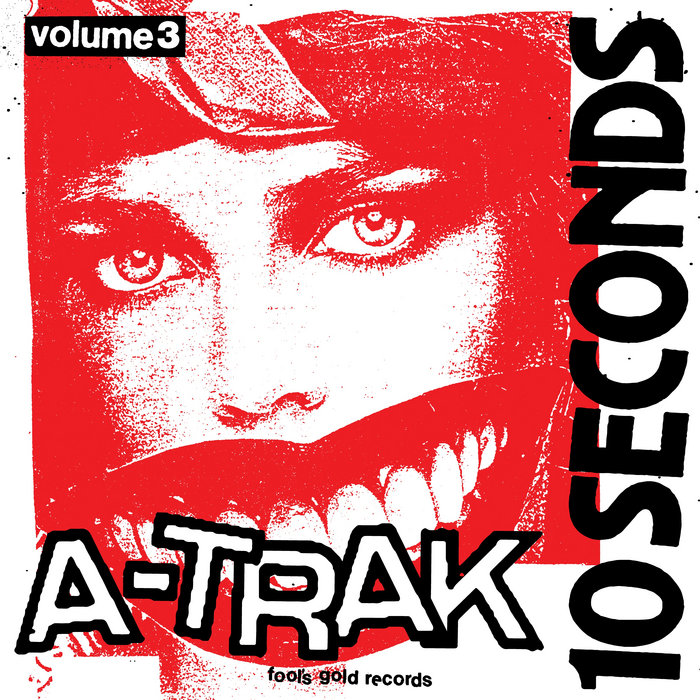
Like I Said – A-Trak
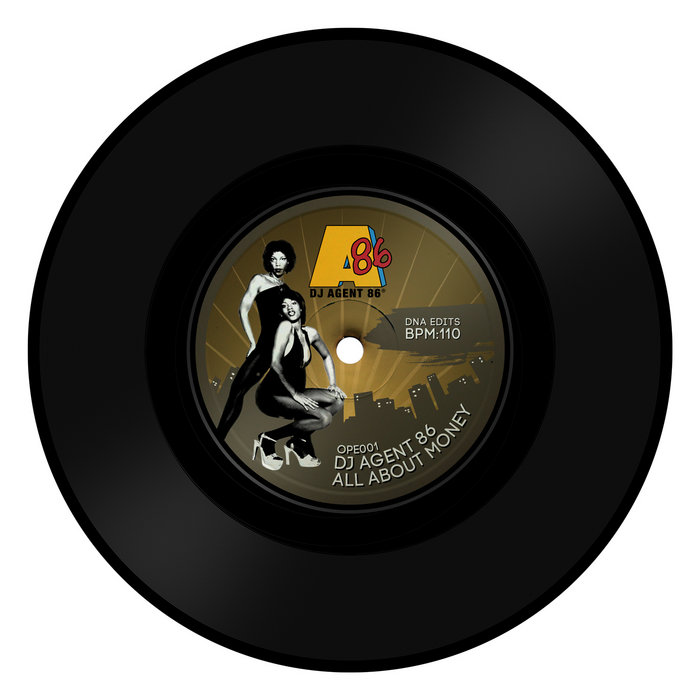
ALL ABOUT MONEY – DJ AGENT 86

What You Heard About Me – The Happy Digger
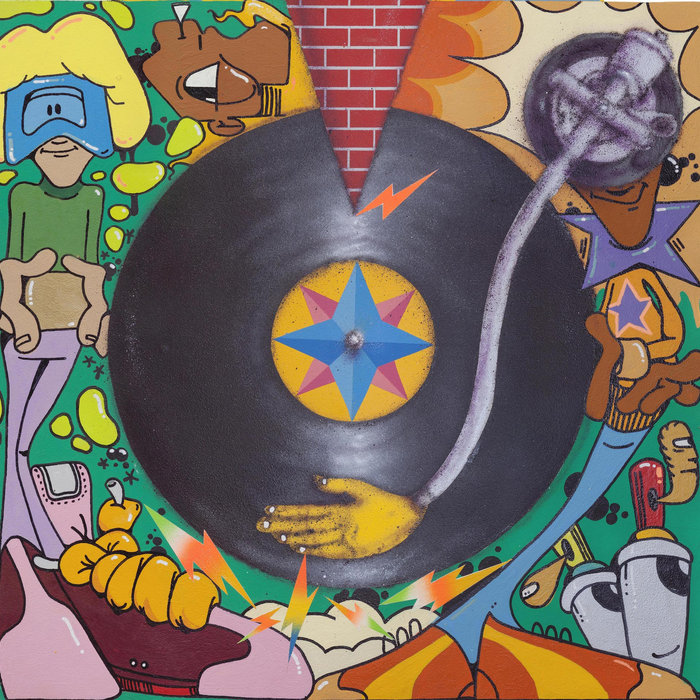
Octagon – DJ QBERT
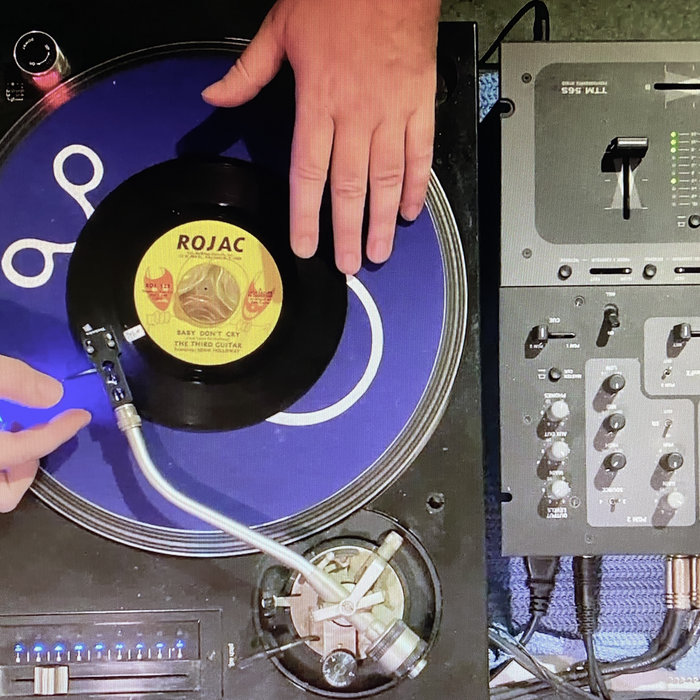
One Turntable Loop Pedal Funk 45 Set – Cut Chemist

Cambodian Reggae Special – djdsk
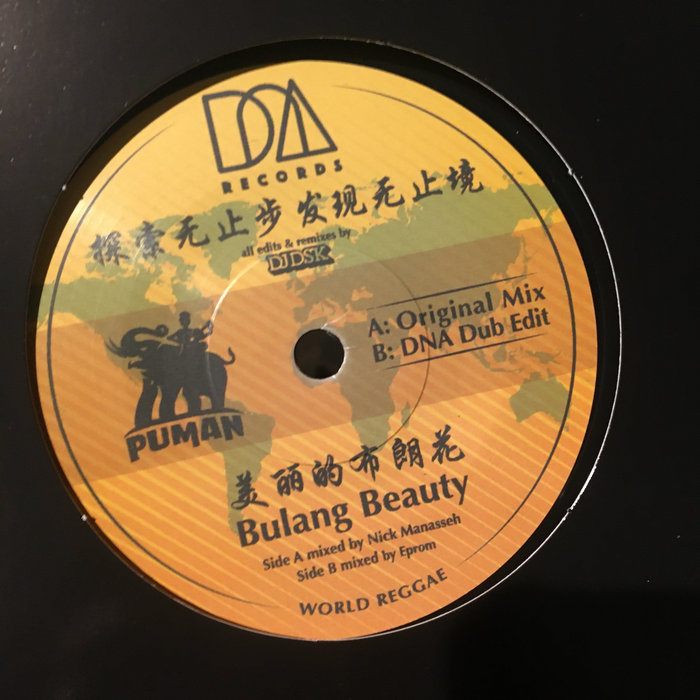
Bulang Beauty – djdsk
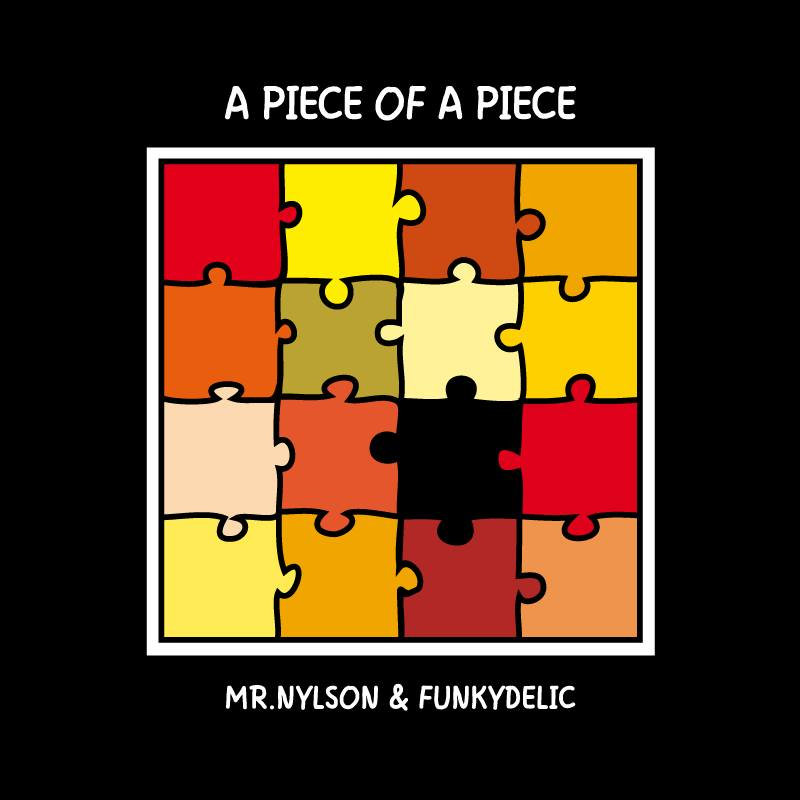
A Piece Of A Piece – ??. ??????